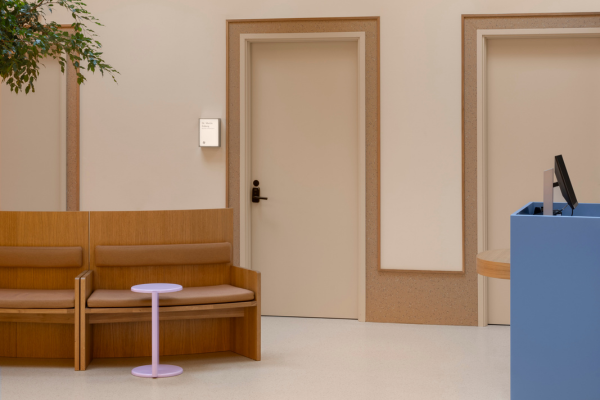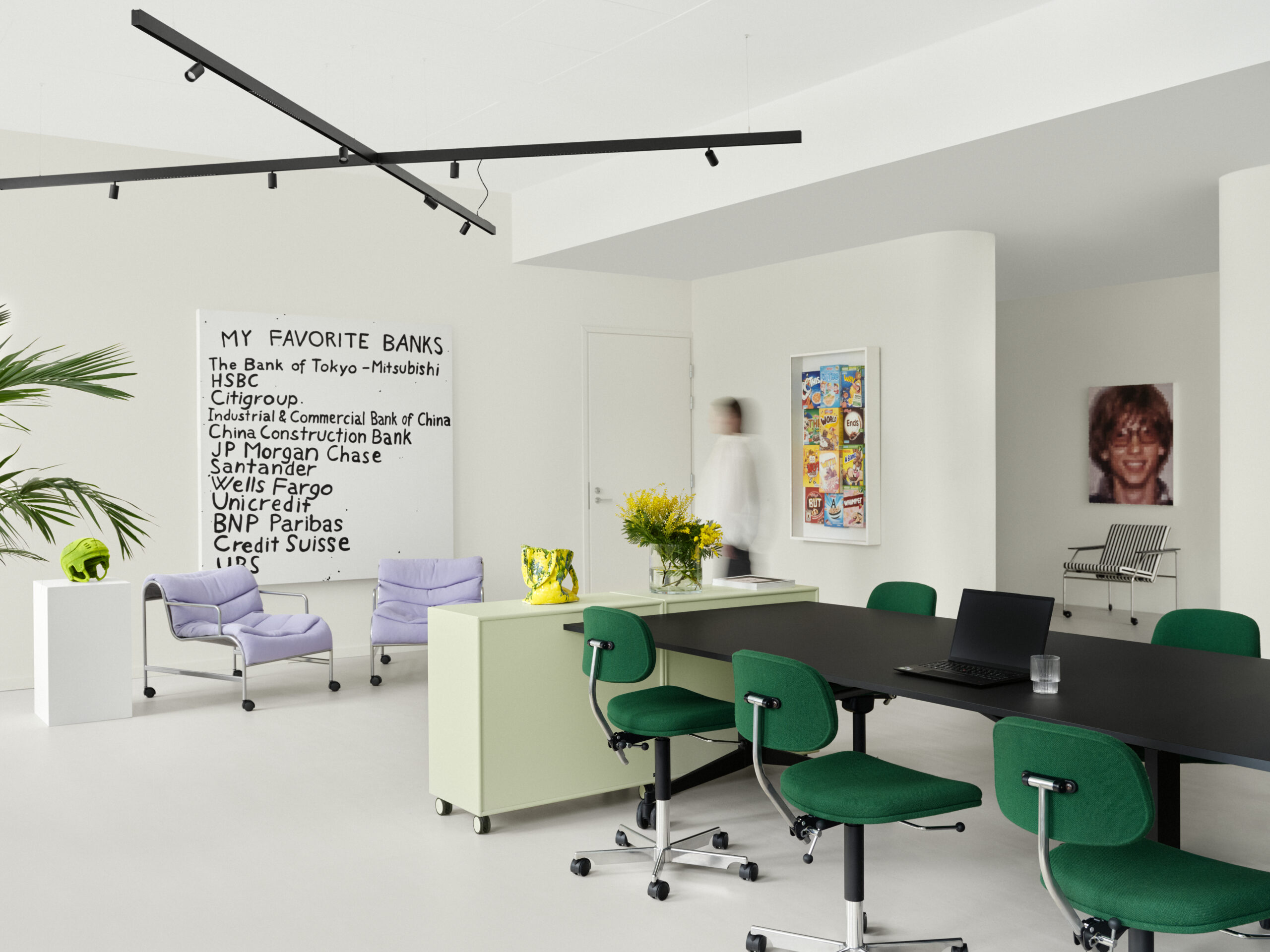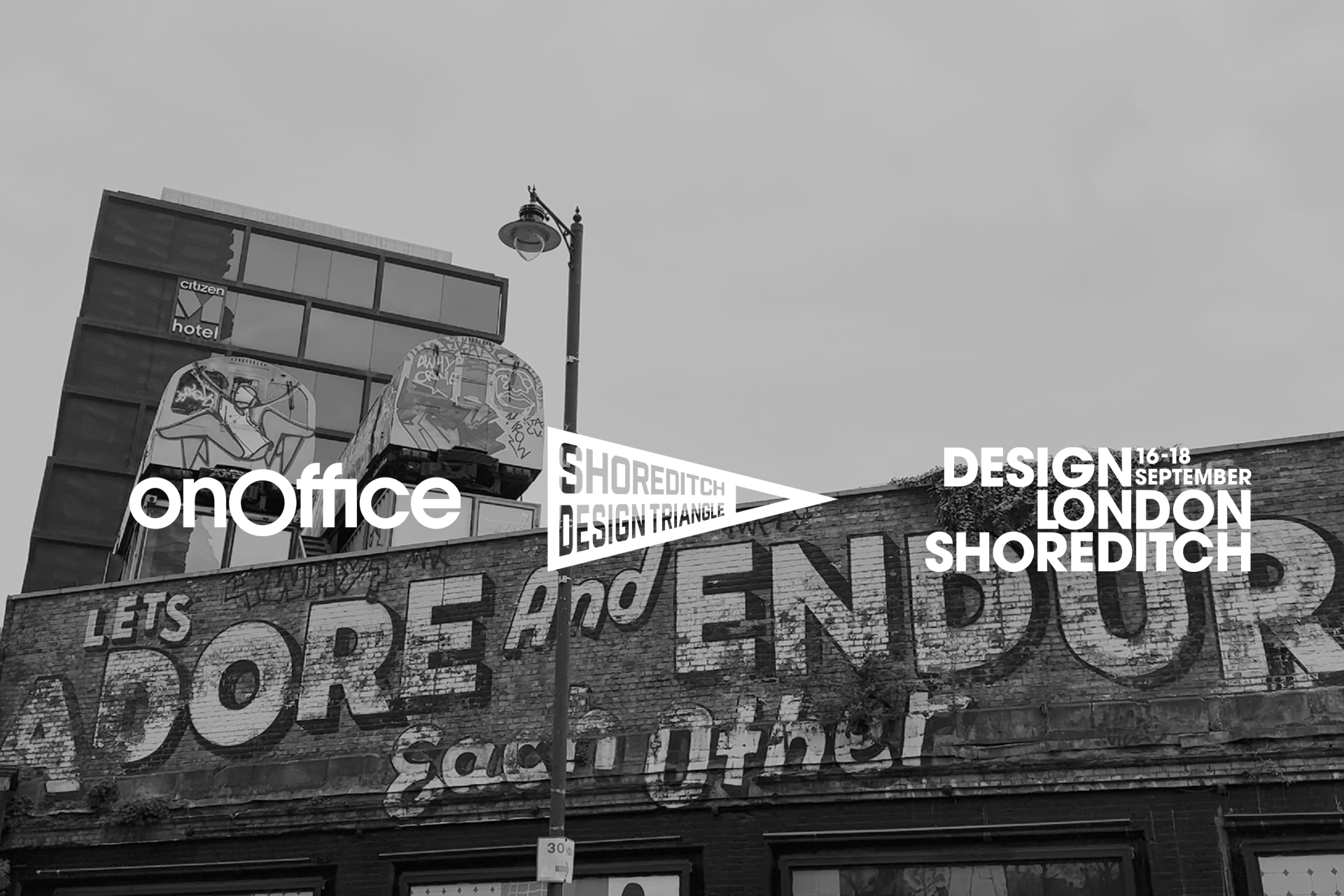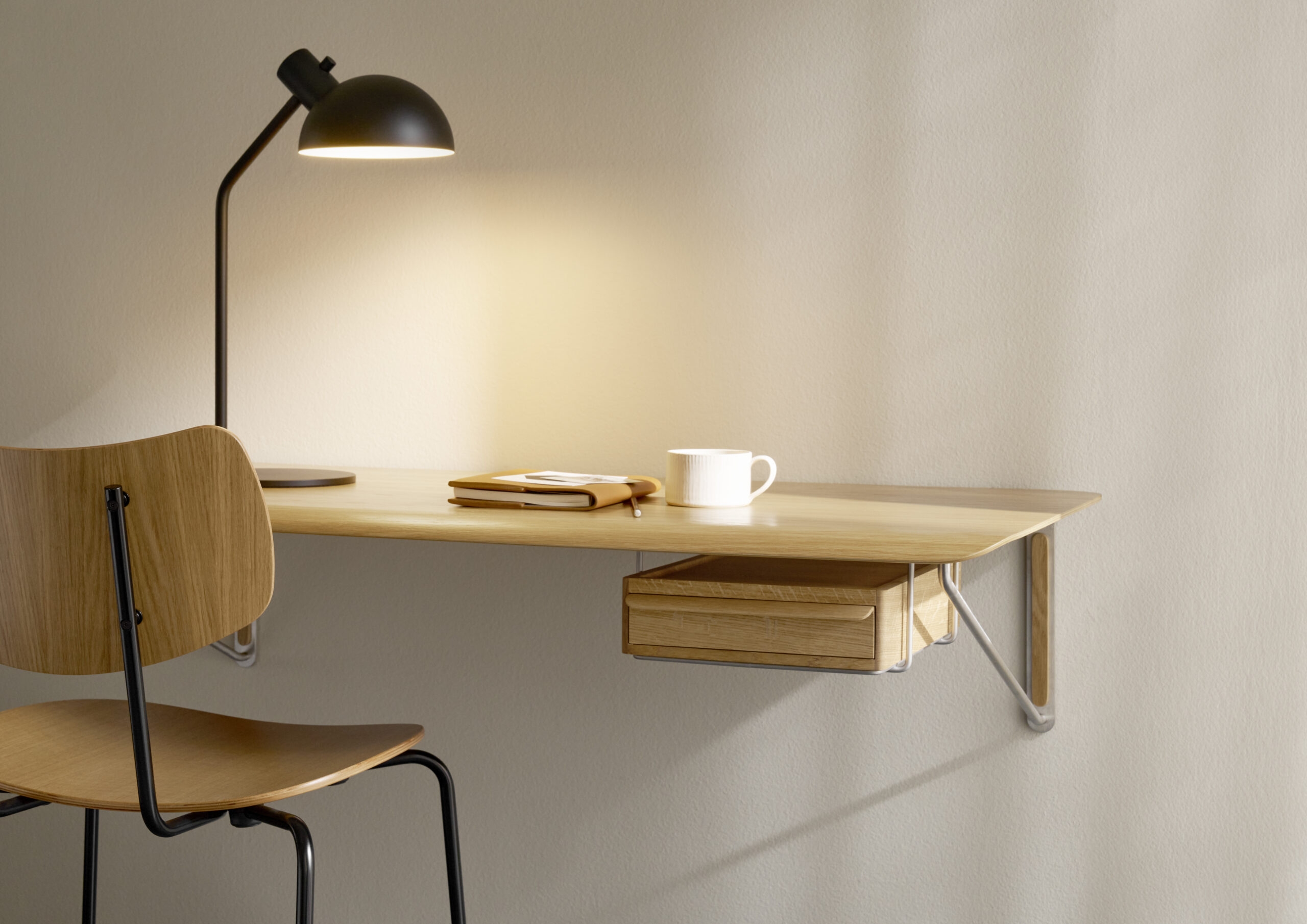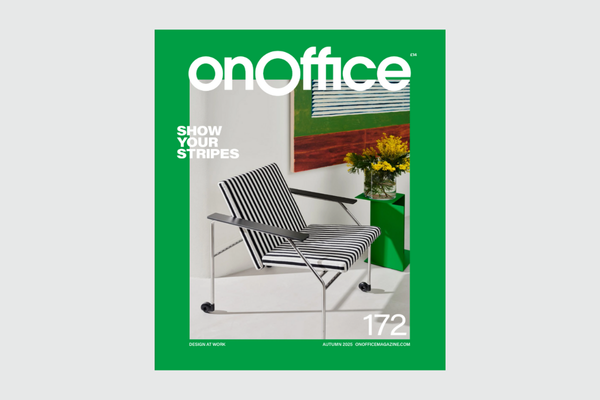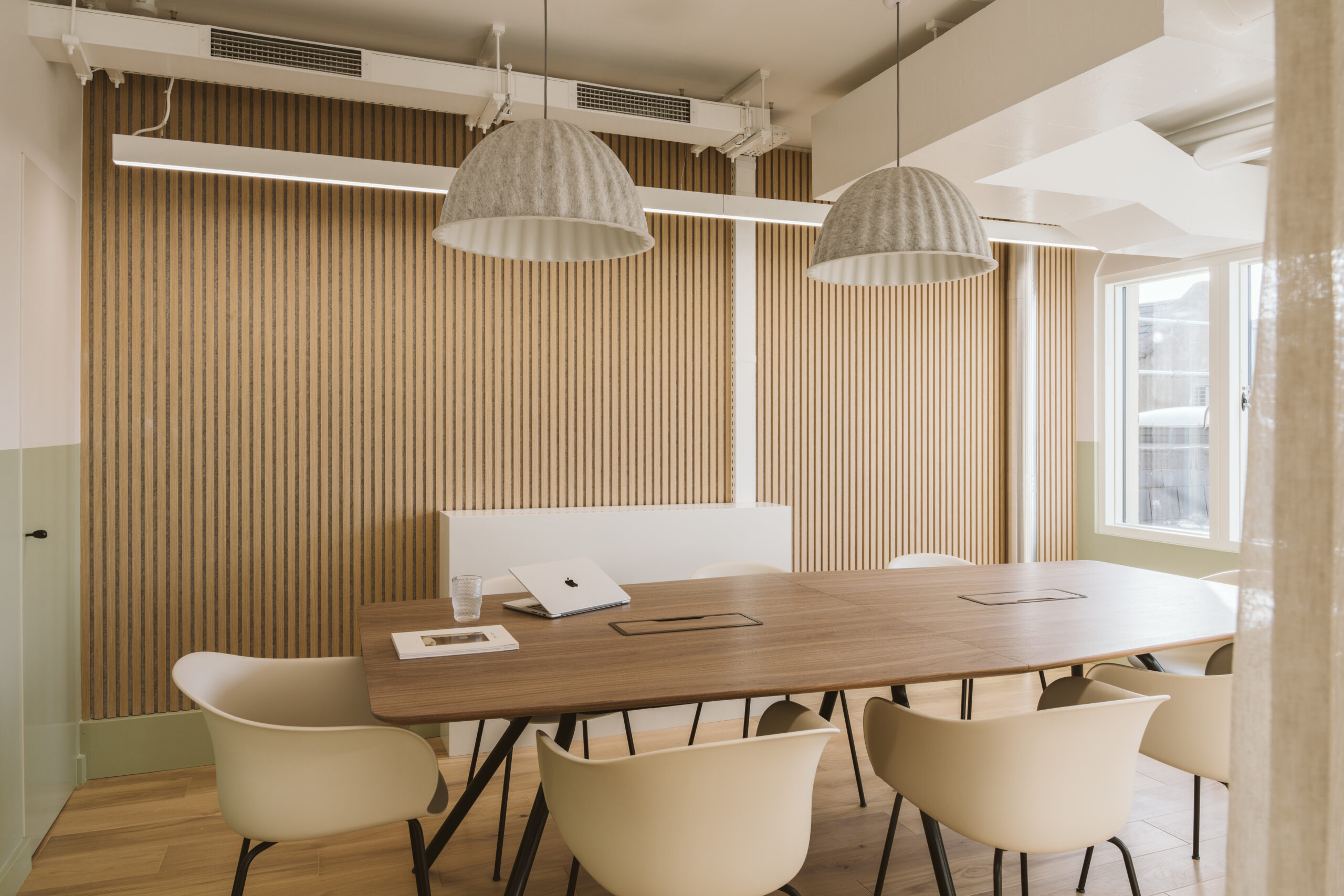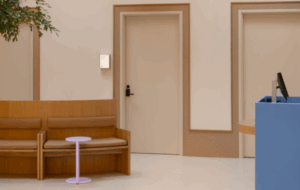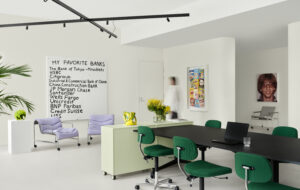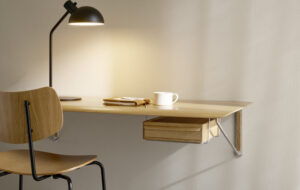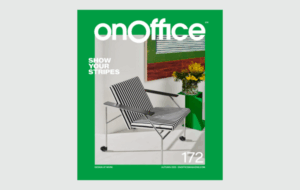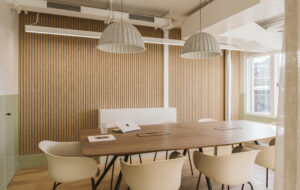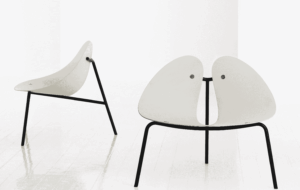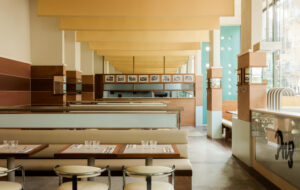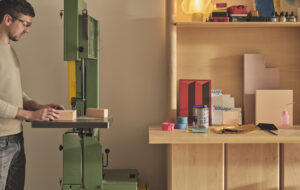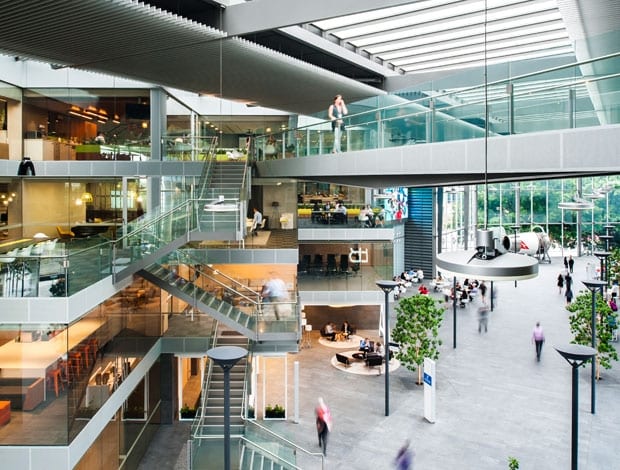 Architectus’ glazed atrium space|120-degree desks, plus bench workstations have replaced cubicles|Third spaces designed to up the “bump factor”|Better breakout space fosters a culture of more informal meet-ups|Splashes of colour enliven the numerous new touchdown points|The palette was inspired by Qantas’ urban, rural and coastal flight destinations|Each area of workspace has its own quiet space and meeting area|A broad staircase prompts the shift from heavy reliance on lifts||
Architectus’ glazed atrium space|120-degree desks, plus bench workstations have replaced cubicles|Third spaces designed to up the “bump factor”|Better breakout space fosters a culture of more informal meet-ups|Splashes of colour enliven the numerous new touchdown points|The palette was inspired by Qantas’ urban, rural and coastal flight destinations|Each area of workspace has its own quiet space and meeting area|A broad staircase prompts the shift from heavy reliance on lifts||
A four-and-a-half-year refurbishment project by Hassall has transformed Qantas’ HQ from a cluster of 1970s buildings to a fully connected, open-plan work space.
You can trust the Australians to take down some of the more pretentious jargon found in workplace design. While we are busy facilitating chance encounters and serendipitous interactions at work, they’re simply calling it ‘the bump factor’: creating space that increase the chances you’re going to bump into someone useful.
If the staff at Australian airline Qantas‘ HQ hadn’t heard of the bump factor before, they have now. Recently refurbished by Hassell, the building’s prominent new stairs and internal streets have been conceived as the new lifeblood of the office. Along with freshly configured open-plan desking and multiple meeting spaces, they have helped transform the culture of the airline’s working environment.
If ever there was an office ripe for refurbishment it was Qantas’ campus, a collection of 1970s buildings close to the airport in the Sydney suburb of Mascot. Housing 3,500 employees, it was made up of a cluster of four main buildings plus several satellite offices within walking distance. There was no single headquarters; instead, each building had its own reception, security and general facilities.
As well as the space inefficiency of this fragmented arrangement, there was little cross-flow between or within buildings, or even on individual floors. Staff took lifts everywhere rather than using stairs and each floor had its own bookable formal meeting rooms.
Following Hassell’s four-and-a-half-year refurbishment project, which included a new glazed atrium space linking the buildings created by Architectus, those days are gone. Crucially, the redesign has enabled staff from all the satellite offices to be accommodated within the 47,000sq m four core buildings.
“It was driven both culturally and from a real estate perspective, side by side,” says Hassell senior associate Julia Borghesi. “Before, the buildings were so disconnected from one another. Now, there’s a lot of transparency within the buildings and better connections between them. The movement between the spaces is extraordinary.”
To encourage better links between the buildings, a new internal street was formed between Buildings A and B towards the right of the cluster, continuing to and around the front of the more central Building C. Here, a single reception point was created at the front, with a new business lounge to the rear containing workspace, meeting and bathroom facilities. A dedicated client meeting area was added at the bottom of Building A.
As well as improving flow between the buildings, the design team tackled links within them. For this, new stairs proved vital – and prompted a major shift from the previous reliance on lifts. Within the street linking A and B, a new staircase reaches up to level three – the height of the atrium – then continues up within the building to provide access up to level six.
The stairs help animate the street, and meeting and touchdown areas are positioned around the circulation spaces. Food and drink outlets on the street also enhance the idea of a central point where staff from the various buildings can come together.
All the buildings were completely refurbished. Building D – which was predominantly used as a warehouse previously – has been reutilised as office space for around 350 staff. A new entry point facing Building C was created as well as two large top-lit voids to admit light into the interior of the buildings.
The redesign was an opportunity for Qantas to embrace open-plan working, with the executive team leading the way and relocating from the top floor to a prominent position on the first floor of Building A. Desking is a combination of bench-style and 120-degree desks at an average density of 11sq m per person. Each workspace has its own quiet space and meeting areas (both bookable and non-bookable), contributing to a more informal working culture with discussions not confined to dedicated meeting rooms.
“By moving people out of individual offices and partitioned desks, and increasing connections between business divisions, employees have been able to get to know one another and feel part of a bigger team,” says Borghesi.
Beyond the space planning, the aim was for a long-lasting, classic fit out with what Borghesi describes as “some pep”, such as the pockets of colour used to highlight the touchdown points. The palette for this was inspired by points on Qantas flight paths on Australian regional routes with themes of urban (central and fringe) and rural (inland and coastal). This is subtly layered throughout via devices such as a green stripe in a carpet, or a splash of coastal yellow.
For Qantas, there are the obvious efficiency benefits of having all its staff on one, better-connected campus, a move which should save millions of dollars in rent and building maintenance costs each year. The airline is also enjoying the knock-on effects of the more upbeat and inclusive internal environment.
Borghesi says that Qantas has already found that the customer service output has intensified, with “quicker solutions and strategies” as a result of the workplace changes. A key reason is likely to be the better connectivity throughout the campus and the resulting greater potential for knowledge-sharing through unscheduled meetings and conversations. By positioning touchdown points for visitors at spaces within the circulation cores, the bump factor has increased. And for the staff too, the change has been significant.
“They can’t believe how much an environment could improve the quality of their working life… staff feel important going there,” says Borghesi, who has found the refurbishment very rewarding because of the project’s visibly positive staff impact.
“It was an older workforce, with a lot of people who’d been there for ten, 20, 30 years who probably weren’t too enthralled about change. Seeing them embrace what we’ve given them and use it has been mindblowing for me.”

